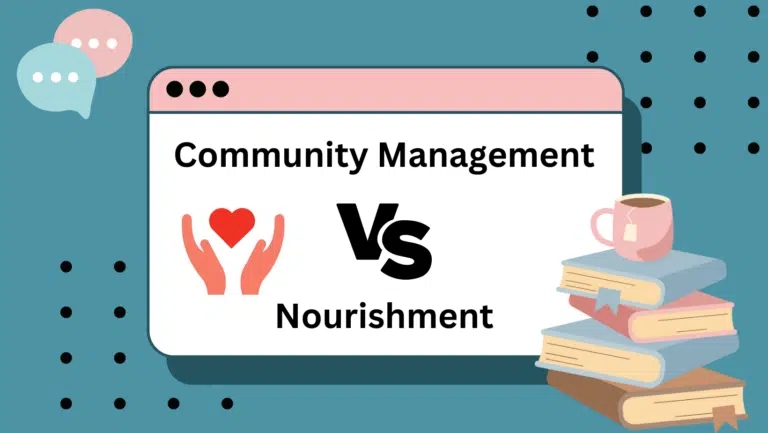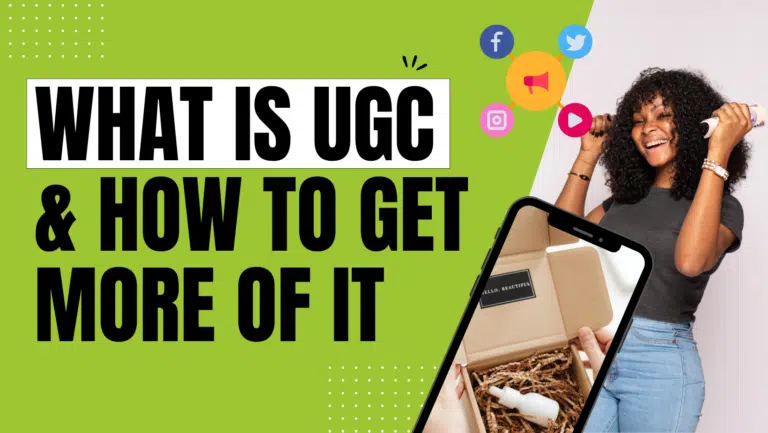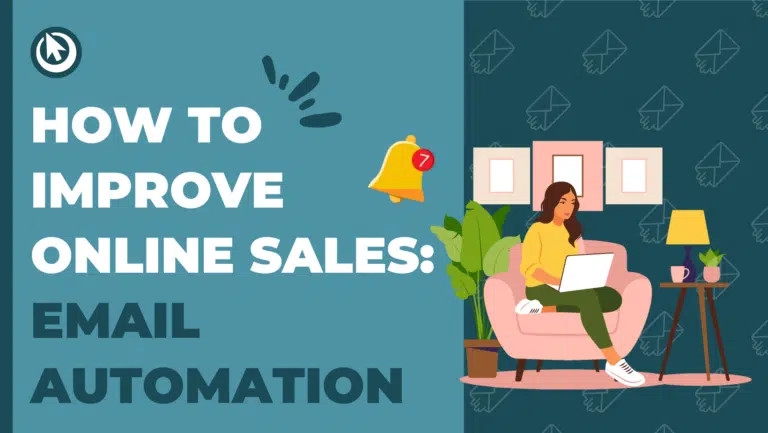If you thought using influencers was just a tactic adopted by mega-brands with big pockets, or a marketing strategy that’s long since lost consumer trust and is on its way out, you would be mistaken.
When you have target audience segments you’re wanting to exposure your product or brand to, influencer marketing is a measurable, social-brand tactic. But, it’s not just about using celebrities and established influencers with large followings – social in 2024 is an evolving macrocosm where nano and micro influencers with much smaller follower bases have extraordinary persuasion power, as do content creators and consumers who post UGC.
This and TikTok has shown us how anybody can be an influencer now, let’s think about how to choose and reach out to influencers and creators who suit your business and will deliver the best ROAS.
- Research and find influencers
The foundation of successful influencer marketing lies in a strategic identification and selection process, utilising tools such as Tagger to identify influencers whose follower base aligns with your target audience.
If you don’t have software like this available to you, use social channels FYP and Explore pages to find popular influencers of the moment.
Once you have handpicked a few, it’s time to hone in on their own audience.
- IMPORTANT! Vet an influencer’s following and audience alignment
Best practice is to choose an influencer who not only mirrors your target customer but has an audience who mirrors them too.
For example, if you’re a British supermarket, there’s little point using an influencer who has a majority under 18 following. They’re unlikely to be doing the weekly big shop for their family. Similarly, if a sizable percentage of an influencer’s follower base aren’t UK residents, then you need to question if these are the people you want to be marketing your UK-only ecommerce store to.
Whilst influencer marketing IS about the influencer, it’s even more about the influencers audience demographics, context, interests and behaviours.
Again, if you don’t have access to an influencer audience analysis tool, then look at the accounts of people who engage with the influencers content to put together an audience profile.
- Use a range of different influencer tiers
Influencers and creators come in all shapes and sizes. How big a following does an influencer really need to have to make a difference to your marketing? Turns out, not much at all. Each influencer tier serves a different marketing purpose.
What is each influencer tier and what are certain influencers best for?
Nano influencers have 1-10k followers and are best for paid UGC and hyper-localised marketing, providing they have a high engagement rate.
Micro influencers hold 10-50k followers and are perfect for local and regional marketing, or niche-category specific marketing e.g., using a fiction book influencer if you are a high street book shop. They often boast followers who are really invested in what they do, say, read, eat and wear!
Mid-tier influencers occupy between 50-500k followers and although the higher their follower base the larger reach they have, the lower their engagement rate (typically, but not always). Have a look at follower growth rate when using mid-tier to determine if the influencer is growing a lot of clout online or if it’s a dated, passive audience they have. Mid-tier are ideal for authenticity – they’re big enough to heighten your brand reach but small enough to resonate with everyday people.
Macro influencers possess 500k – 1m followers and can charge big bucks for product and business endorsements. They will usually have a management team and a string of partnerships behind them. Although they are expensive, if you find the right one for your business (as in, they’re pretty much symmetrical with your target consumer’s aspirational self) you will see the returns.
Mega influencers occupy over 1m followers and are best for long-term brand collaborations and ambassadorships to build up social proof or bolster a brands perception.
- Perform a background and brand safety check
Make sure the influencers/creators you choose to endorse your product and create content for you have a squeaky clean background, or aren’t under scrutiny for anything. If you use an influencer who has a shady past or questionable views, you are risking your reputation.
Before you commit to a collaboration, do your detective work. Investigate past brand, profile and personal partnerships and ensure your potential influencer hasn’t been on any wild rides that could tarnish your brand’s rep. Safety first, brand safety to be exact.
- Agree on campaign objectives
Before initiating influencer collaborations, clearly define campaign objectives. Whether it’s increasing brand awareness, driving quick-fire sales, or boosting content engagement, having distinct goals ensures that influencer marketing efforts align with broader marketing objectives.
Outline what your influencer needs to achieve and create for you with a contract and a campaign and creative brief.
- Collaboration Beyond a Single Post
Long-term collaborations extend beyond a single post, allowing influencers to authentically integrate your brand into their content over time.
A one-off collab post might temporarily boost your numbers but it won’t have a long-term impact on growth, so consider setting a contract of a certain number of posts or a collaboration for a set period of time.
- Measurement
Not all actions made off the back of influencer marketing (or any marketing) are directly trackable, but there are parameters you can put in place to measure as much as you can. You can use sentiment tracking tools to monitor how the influencer has helped improve how people feel about your brand, you can use Google Analytics and UTM parameters to understand how many website visits and events have been driven from social, or you can use an influencer-tailored discount code for sales. Third party social media metrics platforms will help enhance the data you can acquire from on-platform social media insights.
When doing influencer marketing, to determine the impact an influencer has had, analyse key metrics such as follower growth rate and non-follower reach rate, as well as spikes in web traffic and sales.
🚀✨
Email [email protected] for a free social audit to find out how we can enhance your marketing strategies.


